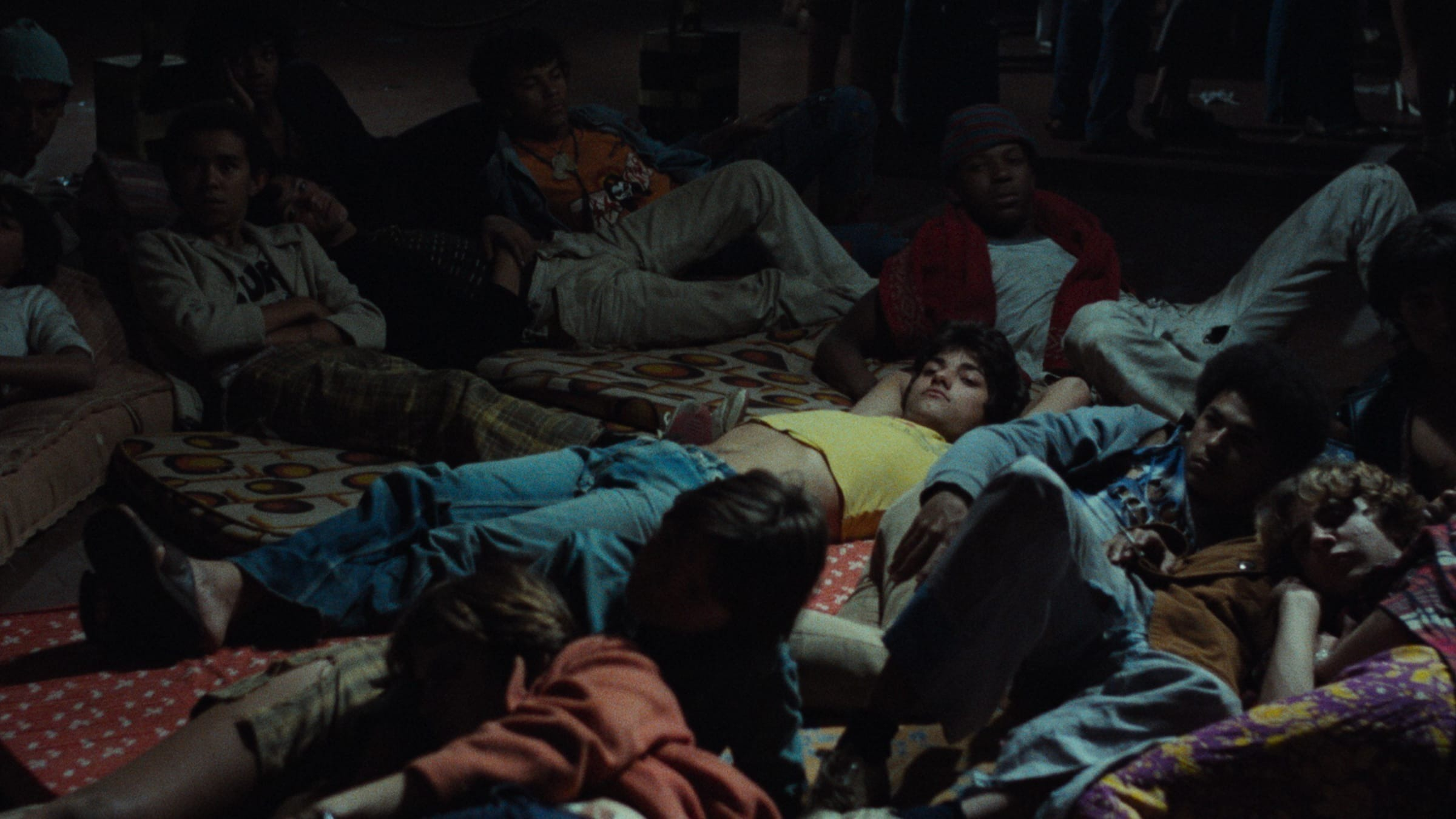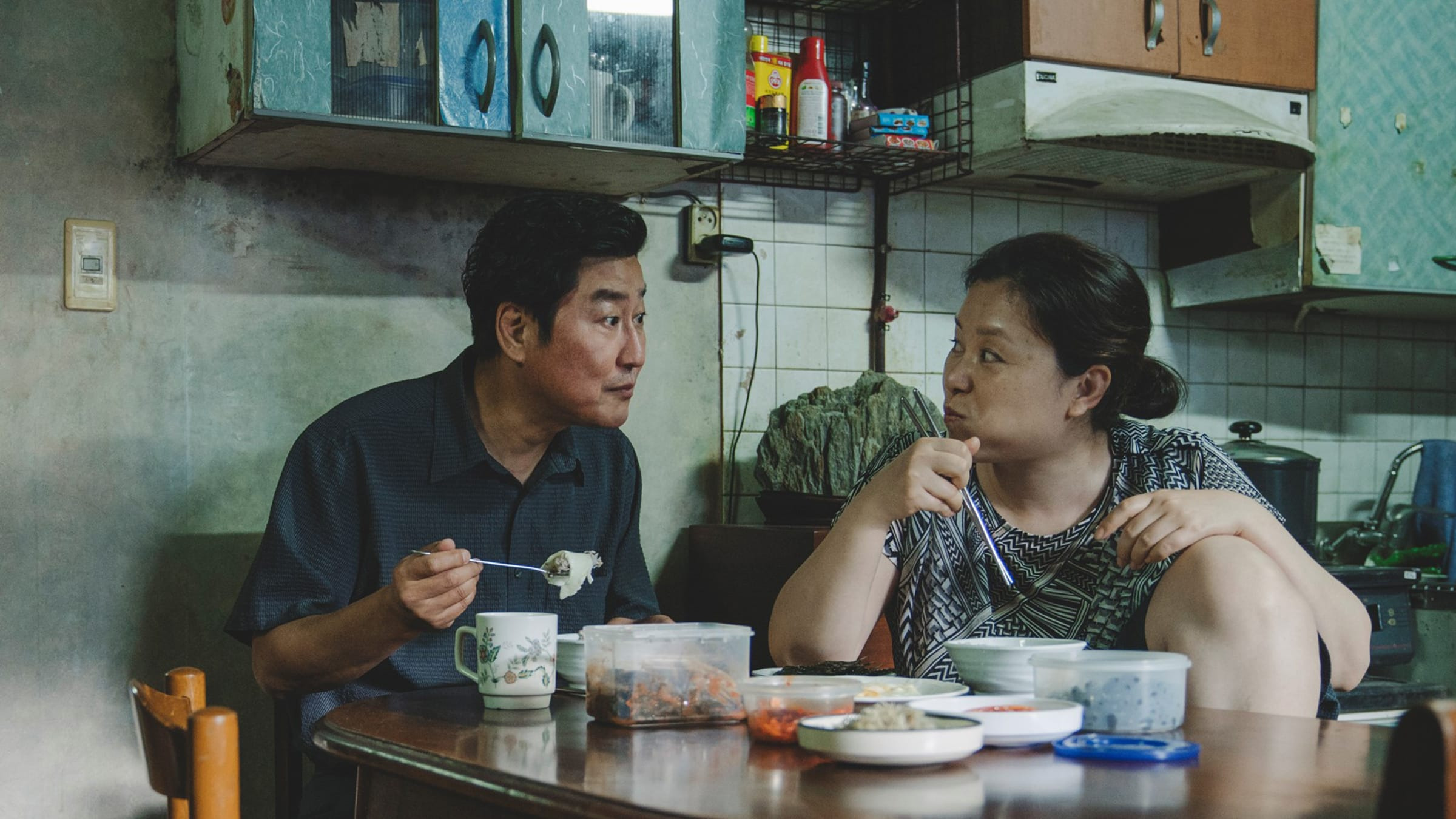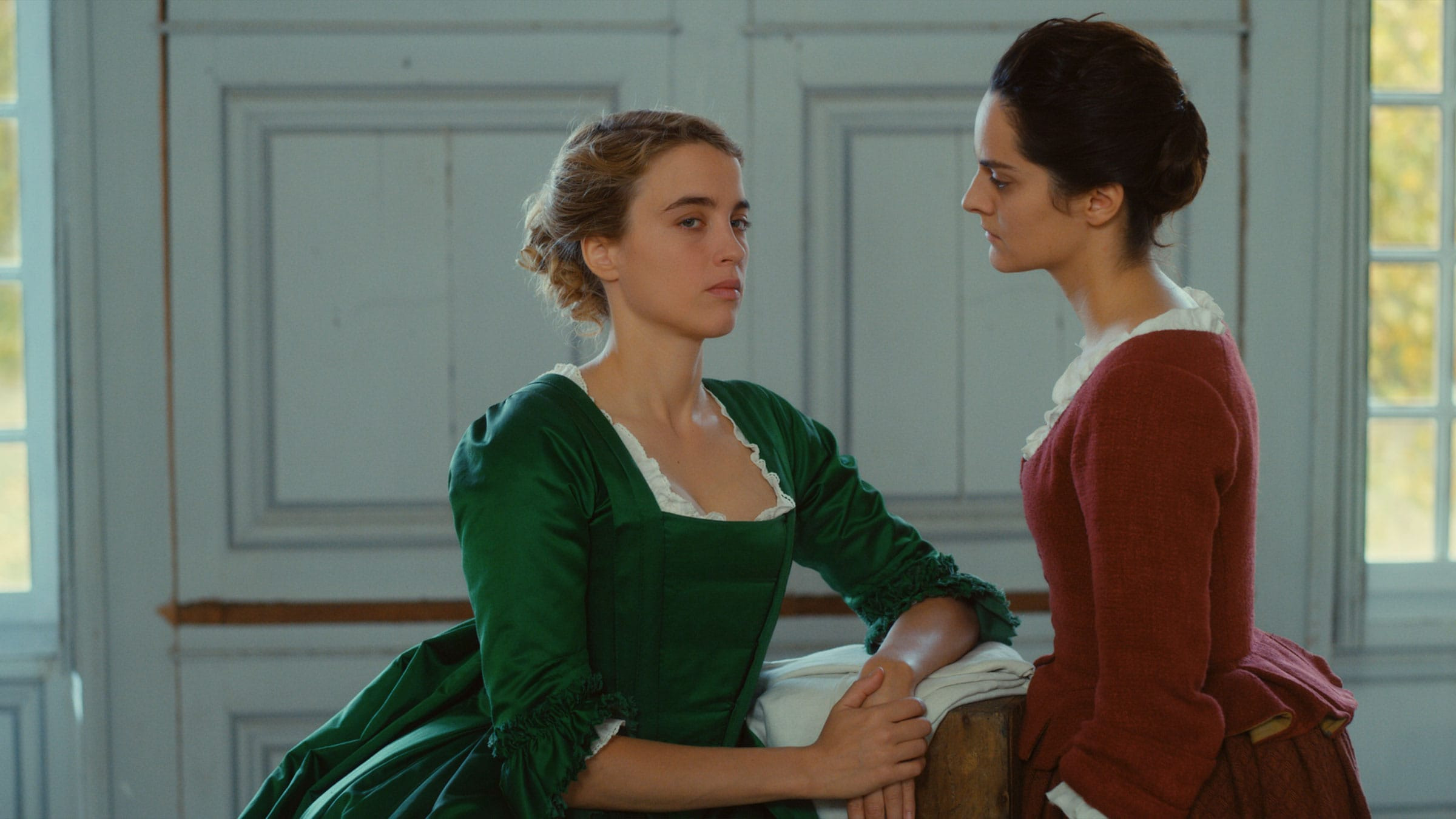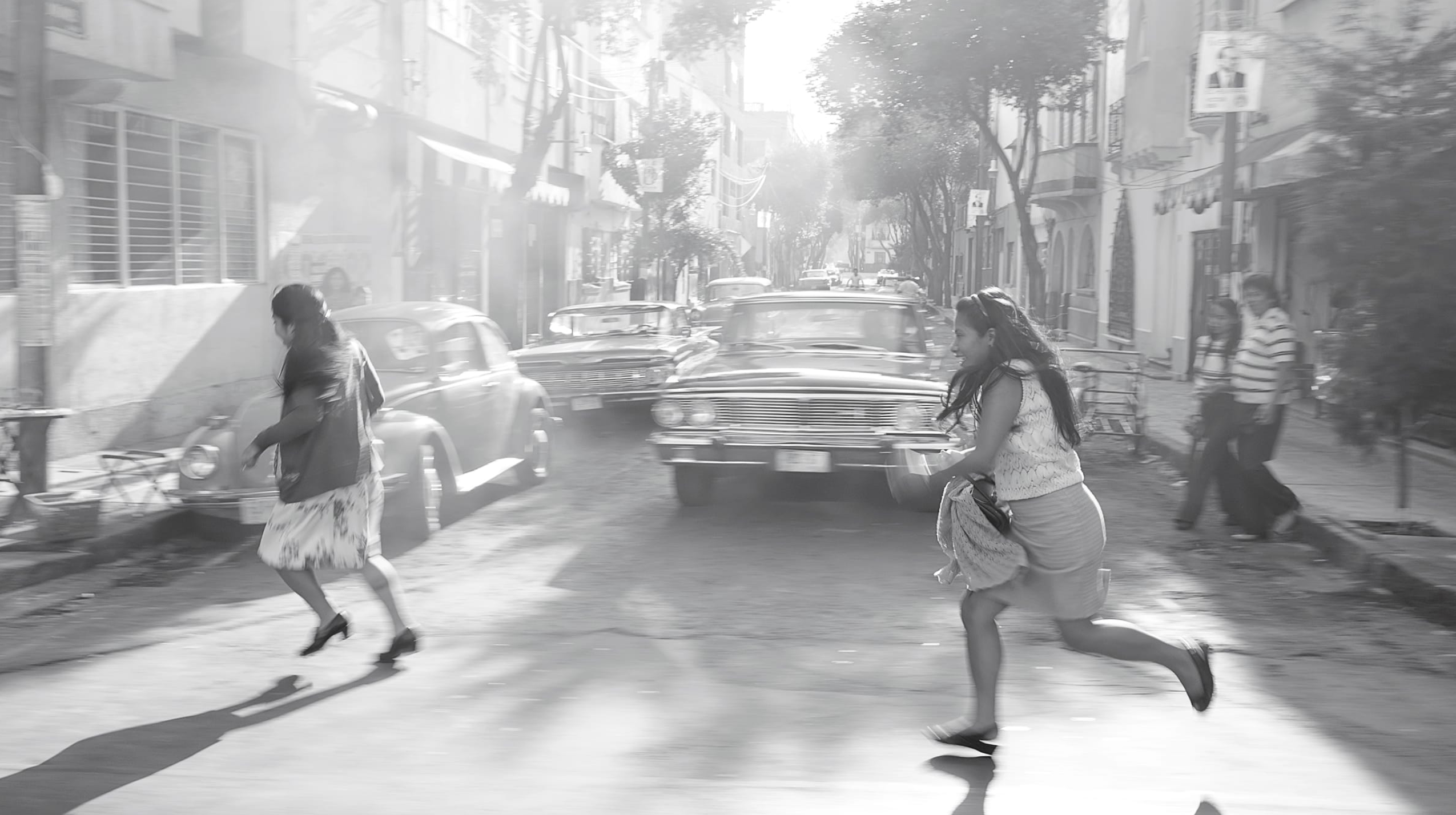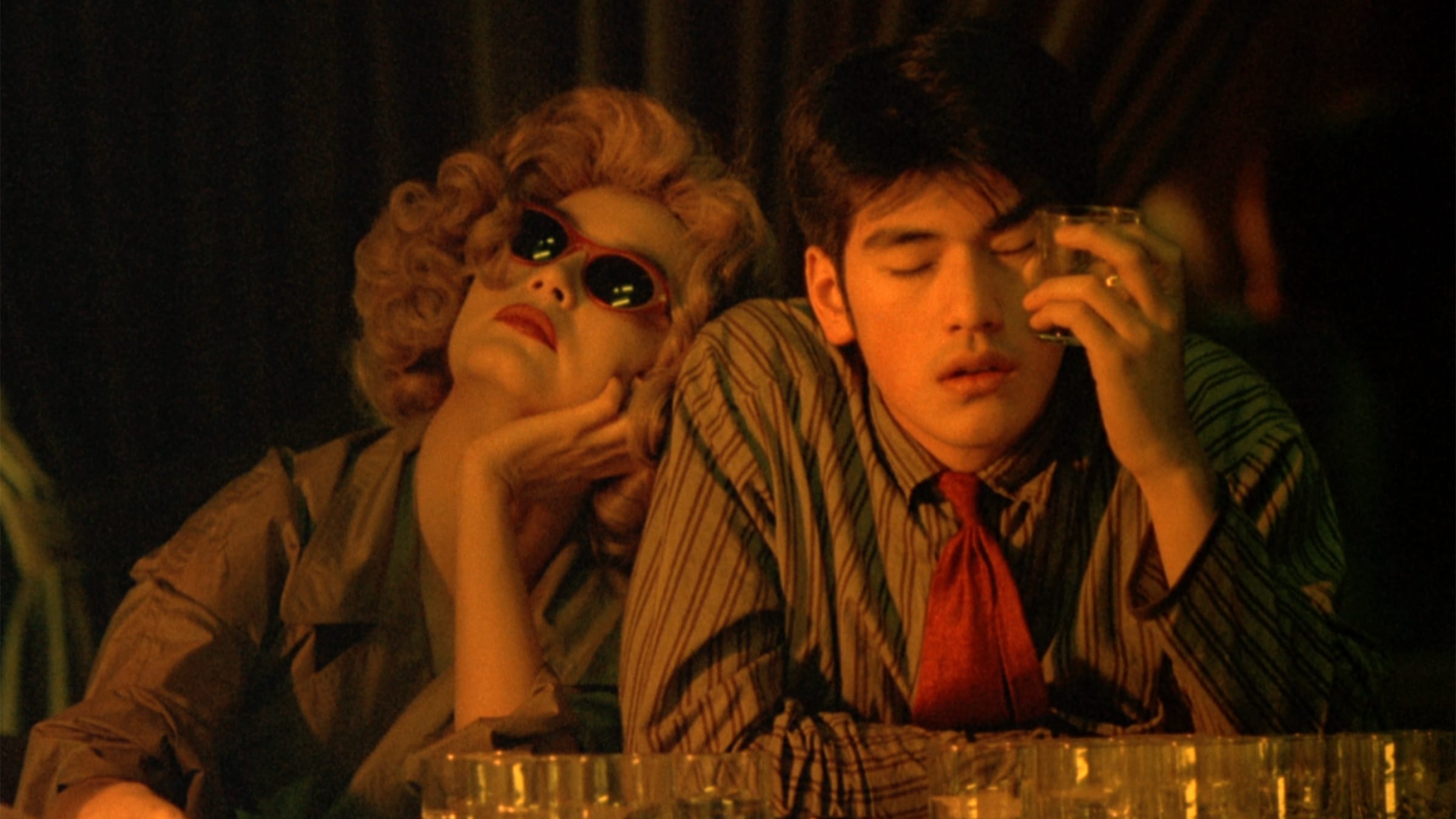Pixote : Out in the Streets
by Stephanie Dennison
SEPT 30, 2020
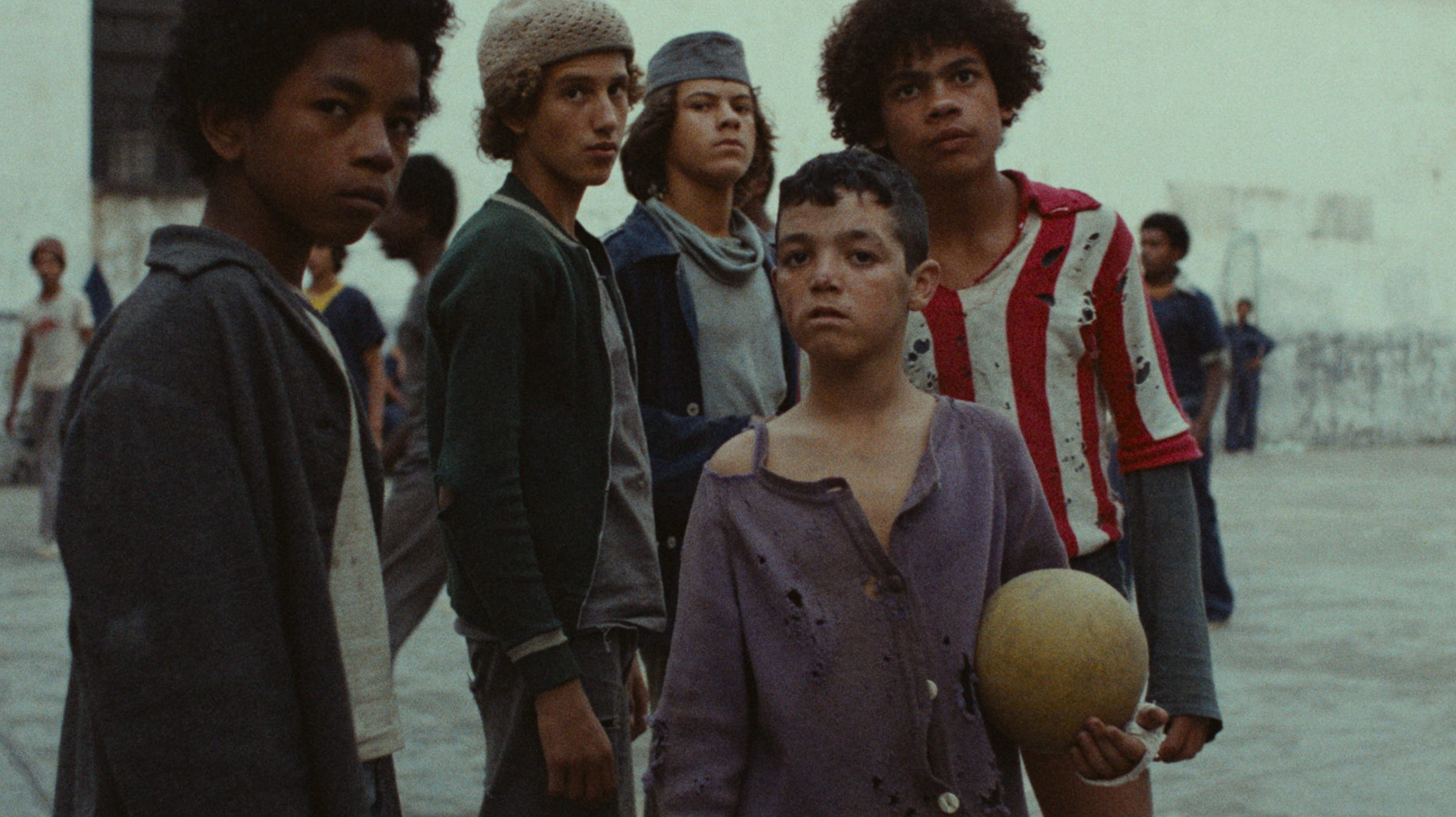
Pixote (1980), subtitled A lei do mais fraco (The Law of the Weakest), a hard-hitting tale of urban street children and their daily battle for survival in brutal conditions, was the Argentine-born Brazilian director Héctor Babenco’s third fiction feature, and the one that first brought him recognition outside of Brazil. Coproduced and distributed by the state-operated Embrafilme, it was seen by over two and a half million moviegoers worldwide.
The film was released toward the end of the period of military dictatorship in Brazil, which lasted from 1964 to 1985. This was a time of harsh censorship and silencing of dissent, during which many of the celebrated directors of the country’s experimental and often politically dissident Cinema Novo and Cinema Marginal movements (such as Glauber Rocha and João Silvério Trevisan) had been forced into exile or had resorted to making allegorical movies that, in Babenco’s view, failed to transmit a clear message to their audiences. He, on the other hand, wanted to engage directly with the public. His first narrative film, O rei da noite (1975), by his own admission a rather amateurish melodrama set in the bohemian underworld of São Paulo, made enough money at the box office to recoup its costs. Armed with a bigger budget, he followed O rei da noite with Lúcio Flávio (1977), which pushed the boundaries of censorship by portraying a real-life bank robber and his dealings with police-run death squads. The film was seen in theaters by at least five and a half million spectators.
The making of Pixote coincided with the presidency of the last of the generals, João Figueiredo, who continued the very gradual move toward redemocratization that began in the midseventies with abertura, or the “opening up” of the country. As the cinema scholars Robert Stam and Ismail Xavier have argued, the confluence of a more commercial cinema with this political liberalization led to what they term “abertura naturalism,” in which films could show sex and violence but also the political repression brought about by two decades of authoritarian government. Pixote—with its uncompromising portrayal of life in urban Brazil, where children communicate in street slang, consort with pimps and drug dealers, become victims of police brutality—is very much a part of this movement.
Pixote’s naturalism also borrows directly from a neorealist aesthetic that had been influential in Brazilian cinema from the late fifties on, as seen in the work of Nelson Pereira dos Santos and others. Like these earlier filmmakers, Babenco cast nonprofessional actors in Pixote, in the roles of the street kids. In an interview with George Csicsery published in Film Quarterly in 1982, the director acknowledged that he had deliberately sought to impart a documentary-like quality to the film, and described how he had tried to make the camera as unobtrusive a presence as possible, “to use it . . . only as much as was necessary to capture this reality.” However, there are also moments throughout the film when he breaks from this commitment to capturing an unmediated reality with formal choices that offer a kind of respite for the audience, whether through a forced spectatorial identification with the young Pixote, or through a series of drug-induced, palette-shifting fantasy sequences edited seamlessly into the narrative. In one such moment, an image of Pixote sniffing glue in a filthy reformatory bathroom gives way to a slow-motion one of him naked, illuminated by car headlights while being chased. In another, after sharing a joint with others, he emerges from semidarkness to behold a statue of a Black Madonna bathed in colorful lights, in a direct reference to Jorge Amado’s classic thirties novel of street kids in Bahia, Captains of the Sands. As he stares in wonder, the camera appears to pan around from within the multicolored neon beams that illuminate the altar on which the statue sits, such that Pixote replaces the Madonna in the image.
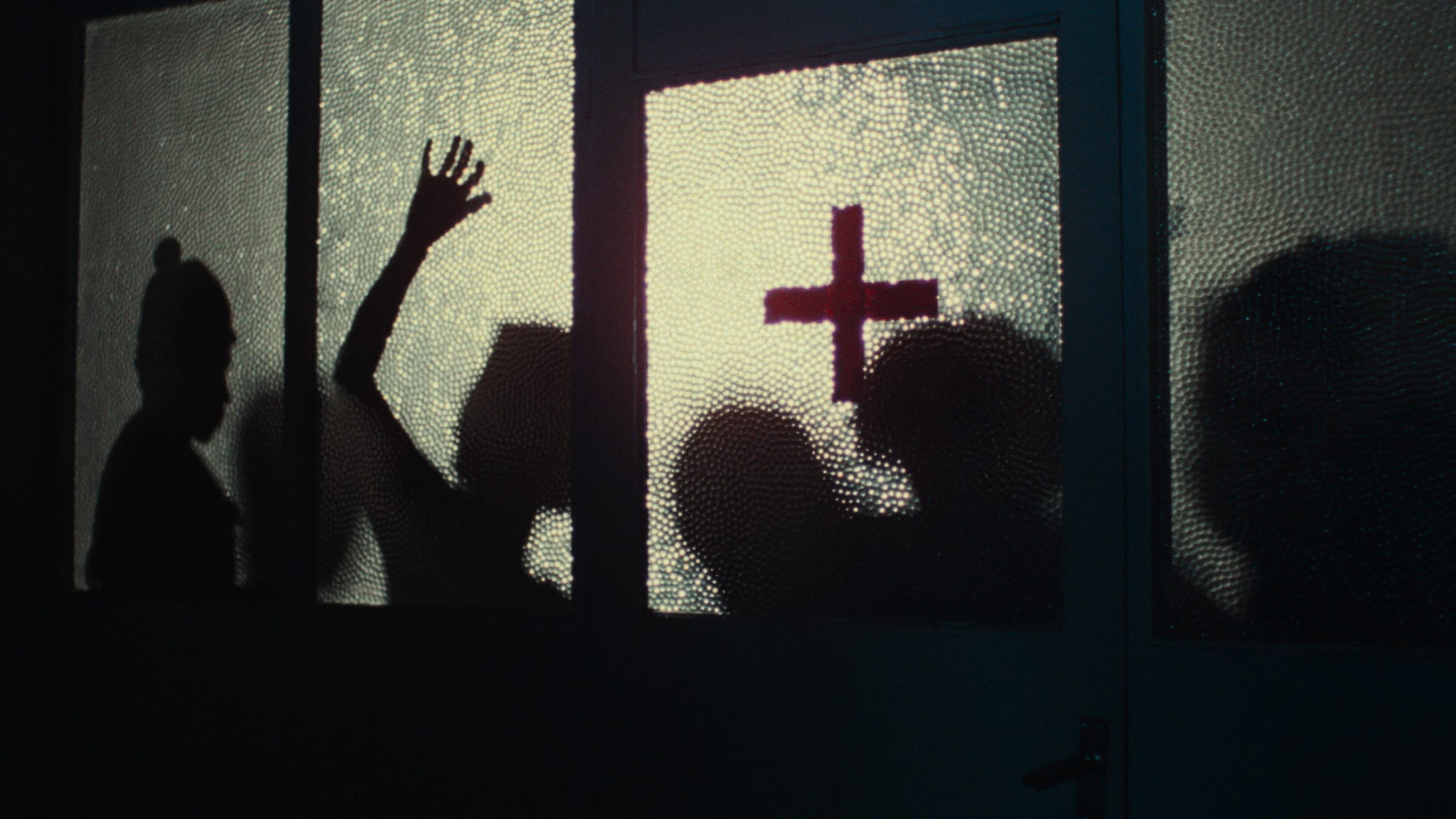
“From the outset, the film challenges the idea that street kids are an unavoidable by-product of the debt-ridden ‘Third World.’”
Lúcio Flávio was based on a book by the journalist and novelist José Louzeiro, who also cowrote, with Babenco and Jorge Durán, the screen adaptation. Louzeiro was known for his romances-reportagem, socially critical novelizations of real-life, shocking contemporary events, which became popular in the seventies with the loosening of censorship restrictions. Such concerns were clearly aligned with those of Babenco, with his interest in making accessible films about people living on the margins of society. Indeed, Pixote’s opening credits state that it is adapted, by Babenco and Durán, from Louzeiro’s 1977 novel Infância dos mortos, a dramatization of the notorious Camanducaia Operation of 1974, which involved around a hundred children who had been rounded
up in the name of “cleaning up” the streets of São Paulo. The children were removed by police from a police station and bused to the state border with Minas Gerais, where they were stripped, beaten, and shot at, before being abandoned. Many jumped into a ravine in their attempts to escape. All of the severely traumatized boys somehow survived and were returned to the authorities in São Paulo; no police officers were prosecuted.
Babenco stated that he bought the rights to adapt the novel primarily to avoid accusations of plagiarism. At a time when there were millions of kids sleeping rough on Brazil’s streets and police moonlighting as vigilantes in the death squads, real-life stories of kidnapping and abuse as famously denounced in Infância dos mortos were all too common. Babenco and Durán conducted two hundred hours of interviews with adolescents in reformatories in São Paulo before writing their screenplay, and those interviews constituted a source for Pixote that was more integral than Louzeiro’s text. The director had originally set out to make a documentary but quickly realized that filming in such a facility would be impossible. Brazil’s state reformatories, the so-called FEBENs (Foundations for the Well-Being of Minors), were notoriously brutal and underresourced places to which kids living on the streets were regularly sent in order to flush them, at least temporarily, from public view. Children of poor families have been a fixture of Brazil’s city streets since at least the nineteenth century, surviving by begging and/or stealing. It was only under the military dictatorship that they came to be viewed as a threat to national security. Their increased legal protection, from the eighties on, still left them, and particularly the Black and mixed-race children among them, vulnerable to violent treatment at the hands of extrajudicial groups.
In Pixote’s opening, the eponymous main character and many other kids are rounded up after a judge is killed in a holdup gone wrong. Amid the confusion of a police station teeming with children, a mother tries to enlist the help of an officer to find her missing son, but he is too busy flirting on the phone. This is a familiar motif in Brazilian cultural production: the lazy, corrupt cop. Thus, from the outset, the film challenges the idea that street kids are an unavoidable by-product of the debt-ridden “Third World.” These fatherless menores abandonados have been abandoned not by their mothers but by the state. The farther-reaching criticism is also clear: a repudiation of the generals’ claim that family was one of the cornerstones, along with God and the fatherland, of Brazilian society.
Around half of the film takes place in a FEBEM (recreated in a disused military barracks). There, the kids are subjected to daily abuses committed by other inmates, from having their food spit on to gang rape, and by police and wardens: unwarranted incarceration, torture, and murder. The film is graphic in its representation of physical and sexual violence. Our ten-year-old hero manages to escape the worst of the abuses in the FEBEM, but point-of-view shots ensure that we are aware he has seen them, heard them, and witnessed their aftermath. His amorality after he escapes the FEBEM—Pixote isn’t depicted as immoral; he seems too traumatized to summon up even feelings of anger or hatred—is thus given context by the brutality we know that he has observed.
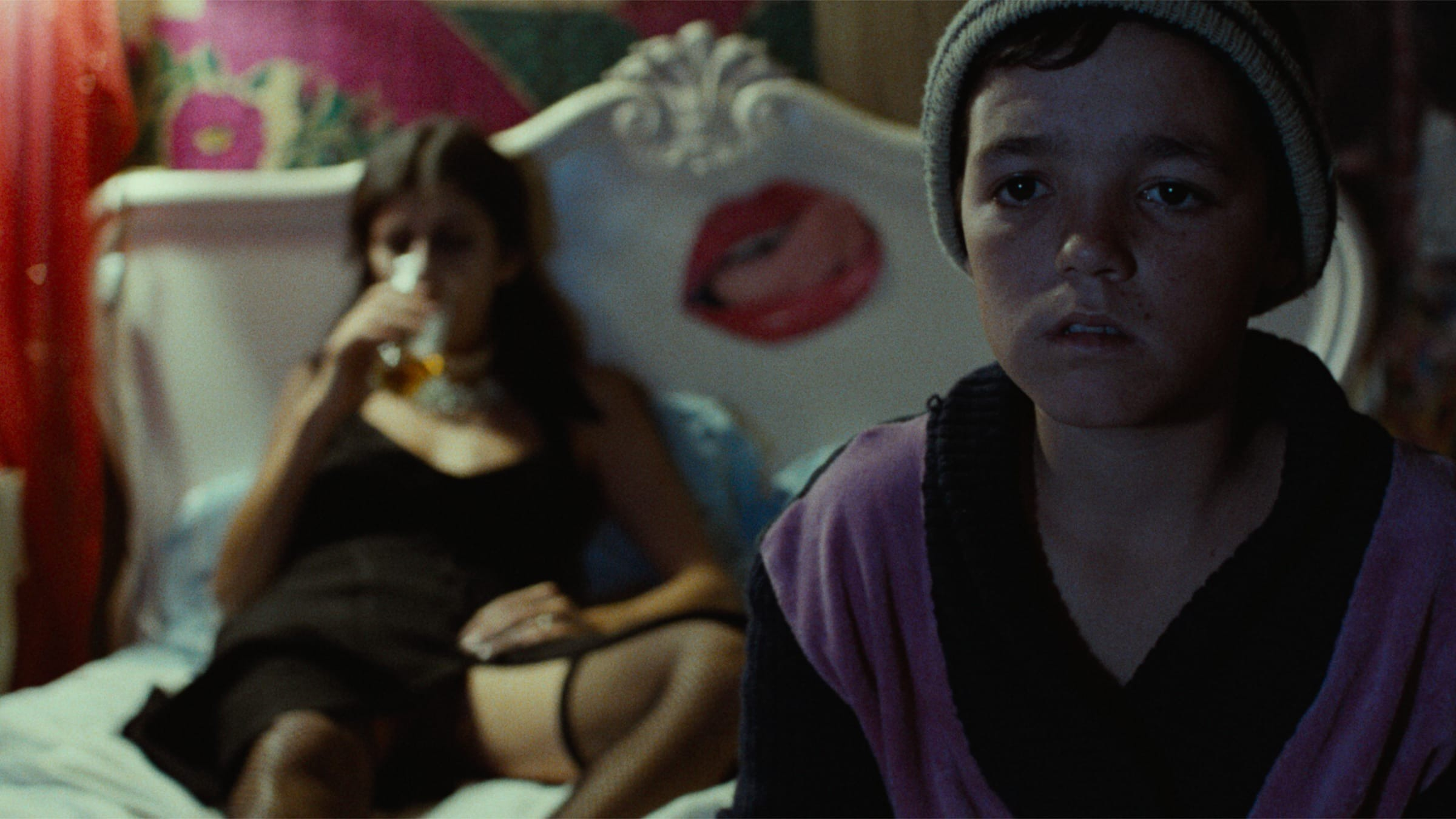
“The diminutive Fernando Ramos da Silva combines a precocious toughness with heart-wrenching vulnerability.”
menores abandonados leftColumn">
Fernando Ramos da Silva, the young actor who plays Pixote, was from a similar background to that of his character. To cast the film, Babenco had recruited young, untrained actors from poor neighborhoods in São Paulo and, after a lengthy process in which he held workshops with hundreds of these children, he whittled their numbers down to the seven who play Pixote and the film’s other main characters. The workshops—led by acting coach Fátima Toledo, who would go on to work on such iconic Brazilian films as Central Station (1998) and City of God (2002), also starring nonprofessional child actors from destitute backgrounds—may have been responsible for the shoot running long and over budget (it lasted sixteen weeks; in contrast, Luis Buñuel’s similarly cast and themed Los olvidados took only eighteen days to shoot), but they were essential to its authenticity. The diminutive da Silva, in particular, combines a precocious toughness with heart-wrenching vulnerability, his own experience of the hardships of street life apparent in his facial expressions and body language as Pixote.
The blurring of fact and fiction with sensationalist overtones that is associated with abertura naturalism is echoed in the fate that awaited da Silva—his story has become inseparable in the public imagination from that of his best-known character. The success of Babenco’s film launched da Silva into a high-profile soap-opera role, but his attempt to assimilate into that particular middle-class, white world was short-lived and doomed to failure. Before long, he was lured into a life of crime, and, at only nineteen, he was shot dead by police.
Around Pixote’s midpoint, there is a riot at the reformatory, and the confusion of its aftermath is what allows Pixote to escape, together wi
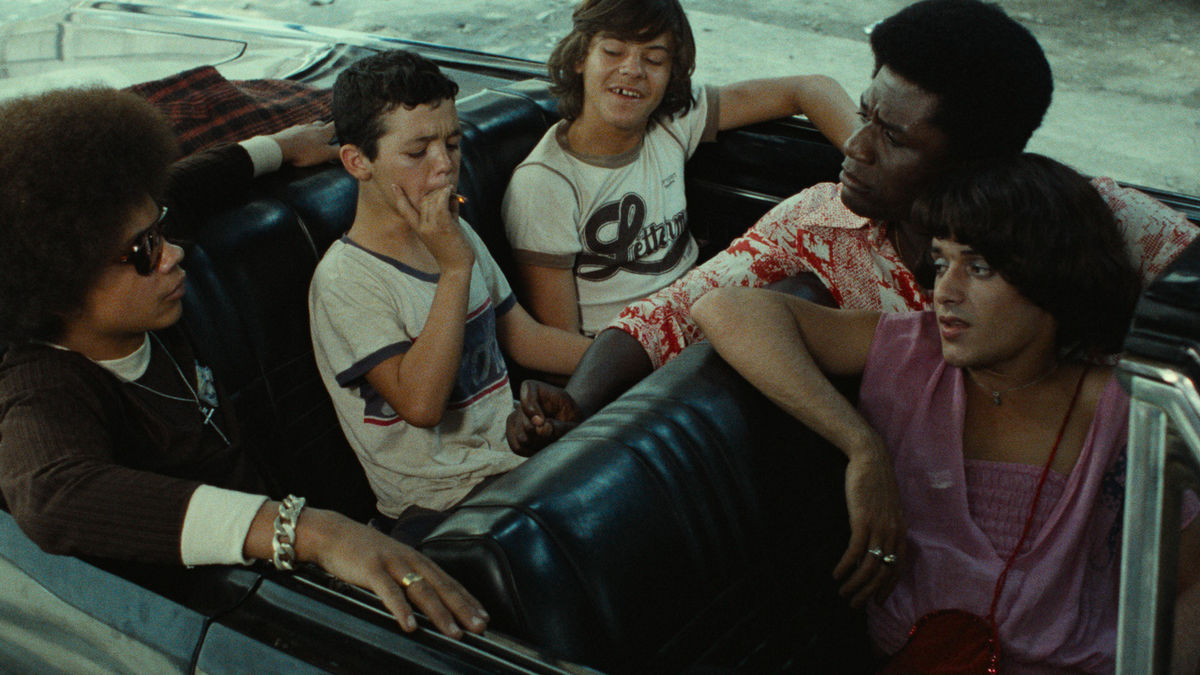 th his friend Chico and two older teens: the trans Lilica and her boyfriend, Dito. The quartet form a family of sorts, sticking together as they are forced to rob in order to survive on the streets (they are portrayed as consummate pickpockets, though never in a glamorized way), and being frequently taken advantage of by adults—drug dealers, pimps, and prostitutes. But Pixote is barely given any space to enjoy either his new “family” or his freedom—or, for that matter, his childhood.
th his friend Chico and two older teens: the trans Lilica and her boyfriend, Dito. The quartet form a family of sorts, sticking together as they are forced to rob in order to survive on the streets (they are portrayed as consummate pickpockets, though never in a glamorized way), and being frequently taken advantage of by adults—drug dealers, pimps, and prostitutes. But Pixote is barely given any space to enjoy either his new “family” or his freedom—or, for that matter, his childhood.
Perhaps unsurprisingly, the film ends without offering its main character any chance of a happily ever after. As the previous evening’s extreme events catch up with Pixote—he has accidentally shot dead both Dito and a sleazy American customer of the sex worker Sueli, played brilliantly by Marília Pêra, in another holdup gone wrong—he spontaneously throws up while sitting on the edge of Sueli’s bed. In a gesture of tenderness, she pulls him to her breast and nurses him. But not for the first time in the film, the image of a pietà is dismantled as quickly as it was set up: Sueli abruptly pushes him away and tells him to leave. Pixote is last seen walking on railway tracks to the sounds of John Neschling’s melancholic score. The film thus concludes with an illustration of the challenges poverty presents to family structures, a desperate and ominous inversion of the opening scene, in which the mother searches for her lost child.
